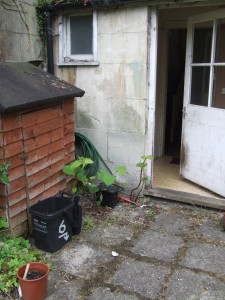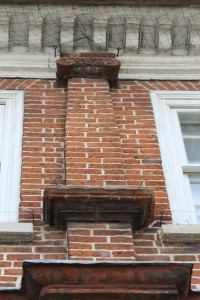 What is a Party Wall?
What is a Party Wall?
In short, it is a wall or structure that separates buildings belonging to two or more different owners.
This could be a wall in your property attached to your neighbour (e.g. semi-detached house or flat), a garage wall linked to another property, or a garden wall built astride a boundary (known as a Party Fence Wall). Separating floors in flats and shared chimneys are also party structures.
What is the Party Wall etc. Act 1996?
The Act is designed to avoid and minimise disputes between the two owners of a party structure.
It ensures that the Building Owner carrying out the work notifies the Adjoining Owner in advance of the proposed works that are likely to affect the Party Wall.
TOP TIP: It is a good idea to talk to your neighbours about your plans before serving the notice as that will greatly increase the chances of them agreeing, or at least concurring in the appointment of an ‘Agreed Surveyor’.
How does the Act work?
Certain works are deemed to be ‘notifiable’ under the Act. Typical examples include cutting into a party wall to take the bearing of a beam (e.g. in a loft conversion); inserting a damp proof course (even if only to your own side of a party wall); demolition and rebuilding of a party wall or structure; raising a party wall; underpinning a party wall or part of a party wall; and excavating within three or six metres of a party structure.
The Act details the requisite notice periods applicable in each situation.
In the event of a ‘dispute’ in response to any notice served, the parties (the Building Owner and the Adjoining Owner) must either each appoint their own Surveyor, or decide to appoint a single ‘Agreed Surveyor’. The Surveyor must act impartially. They are not appointed to win the argument for either side.
The purpose of this appointment is the resolution of the dispute by way of a Party Wall Award.
What is a Party Wall Award?
A Party Wall Award is a legally binding document drafted and served by the appointed Surveyors, or Agreed Surveyor, to agree how works should be executed.
It sets out the nature of the proposed works, together with details as to who is responsible for the cost of the works and any associated fees.
The Award will contain a Schedule of Condition to record the condition of the Adjoining Owner’s property prior to commencement of any works; this may be needed for later referral in determining the extent of any damage as a direct result of the awarded works.
The Award will usually also state which party is responsible for implementing any remedial works in the event of resultant damage.
Does the Party Wall Act apply to you?
The Party Wall etc. Act 1996 applies to all ‘notifiable’ works in both residential and commercial property and includes:
• The building of a new wall on the line of junction (boundary) between two properties
• Works to a Party Wall
• Works to a Party Fence Wall
• Excavations – excavating foundations within three metres of a neighbour’s structure and lower than its foundations OR excavating foundations within six metres of a neighbour’s structure and below a line drawn down at 45° from the bottom of its foundation
Call RMA Surveyors Ltd on 01635 579208 for guidance on the Party Wall etc. Act 1996 or to enlist our services as a Party Wall Surveyor.
For further information, read the RMA Party Wall information page or download the RICS Information Guide

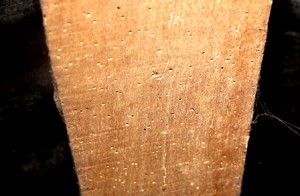
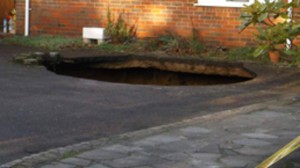

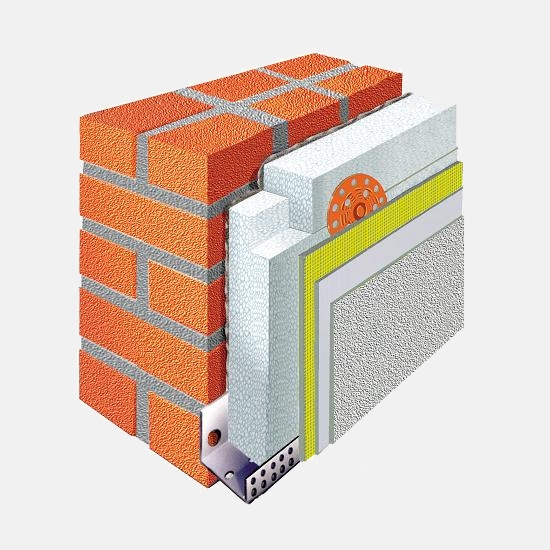 The Government’s
The Government’s 